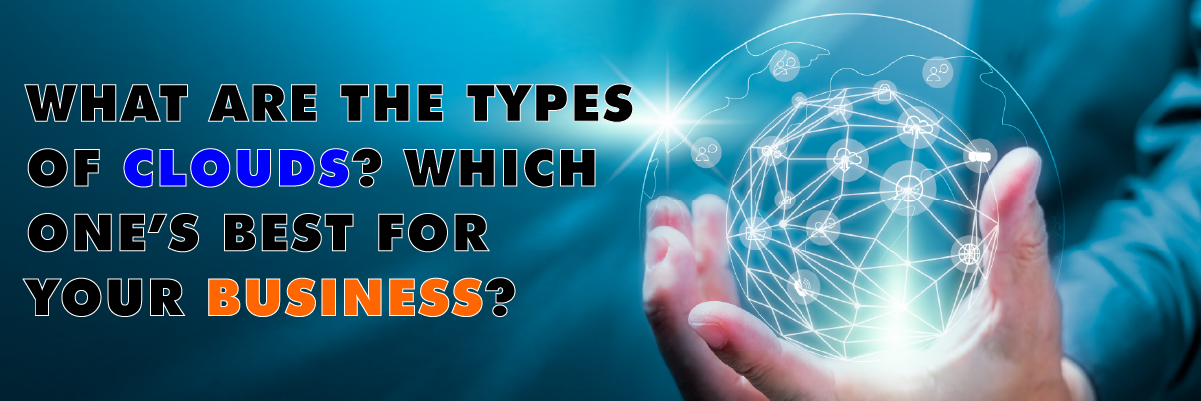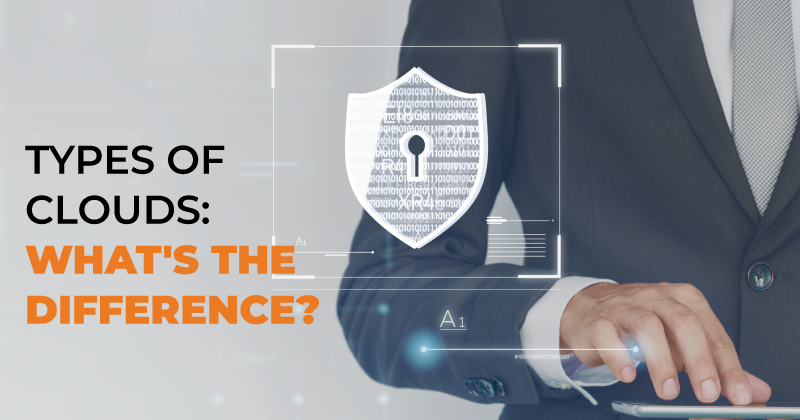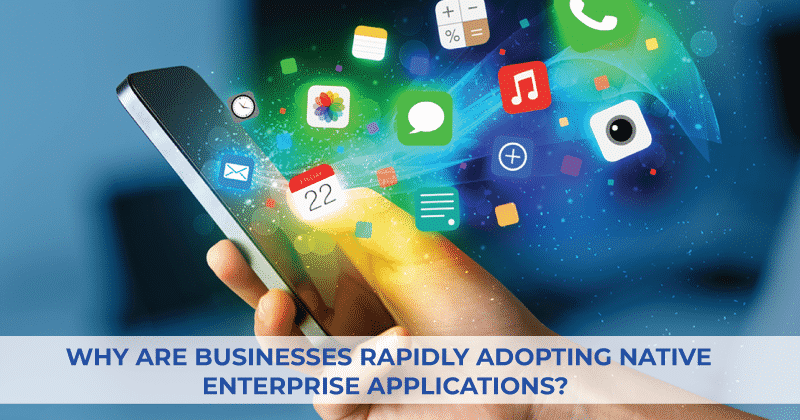Why IT Experience Matters:
Why IT Experience Matters
Today’s market has become highly cut-throat for small and medium businesses. Keeping up with the furious pace of change and staying ahead is a huge challenge for these organizations. Richard Luna, CEO of Protected Harbor touches on this topic while he discusses the importance of Why IT Experience Matters. You can also find topics like this and more within his video series Uptime With Richard Luna which is posted every Thursday.
To succeed in this digital world, SMBs (Small & Midsized Businesses) need to partner with an IT Service Provider or MSP (Managed Service Provider) to help them manage their technology while also handling all of their day-to-day operational tasks. An IT Service Provider usually comes with several benefits such as cost savings, scalability, and efficiency from an outsourced IT department.
If you’re considering partnering with an MSP or are already working with one, you should know why IT experience matters most when it comes time to choose one. Below we will explain the importance of experience and what you should for when vetting your options.
The Importance of Experience
Experience is a crucial factor in determining a provider’s quality of service.
First, it helps you to gauge their level of proficiency. Second, previous experience, especially in dealing with various types of businesses and clients, offers insight into how an IT Service Provider or MSP will approach your partnership. Experience is the key to ensuring that your computers and other IT infrastructure function optimally and are protected from cyber threats.
With experience, MSPs know what works best for different businesses and can help you in selecting the right technology for your particular needs. However, it is also essential to keep in mind that MSPs are not infallible. No one can promise 100% uptime, nor can they guarantee that their clients will not experience any outages or service interruptions because they vary from one MSP to the next. In short, nothing is guaranteed. Even though your MSP can help you avoid many problems, plenty can still occur.
The First Rule of IT: Panic
Panic is the first act when an emergency occurs. This can affect your own staff, and IT staff may not be available at the time. Luckily, MSPs are prepared for any crisis. Most MSPs work with a standard response time of 30 minutes, which applies to a wide range of issues while some promise a faster 15-minute response time. When an MSP works with you, it is essential to understand their response time and the steps they take to resolve an issue. This can be crucial in determining the quality of service that clients receive.
When an emergency occurs, the first question that arises is what’s happening. The most typical answers we get are we just lost a cluster node (a part of the data center) or the main firewall blew up, knocking out thousands of customers.
In this situation, Richard Luna, CEO of Protected Harbor, recommends focusing on what’s working. In a crisis, this is the best thing to do; it will tell you what you can move to, what infrastructure can be used and what’s functional at this point.
Emergencies Occur, and They Can be Resolved
Experienced MSPs or IT Service Providers are successful if they have prepared for everything. They understand that emergencies can occur at any time and must be able to respond. Whether it’s a power surge, a flood in the building, a fire, or an earthquake, all of these disasters can cause severe damage to your IT infrastructure, which can impact your staff, your customers, and your business as a whole. All of these issues can be resolved, though, especially if you have an experienced and trustworthy MSP ready to respond.
Hiring an MSP is Not Always the Best Solution
When you’re in a hurry to get a new IT infrastructure, you may be tempted to hire an MSP on an “as needed” basis but you may end up paying more for the work performed and not getting everything you actually need in the long run. If you receive services from a third party, you don’t have much say in the configuration of your IT system. You cannot change your hardware or software whenever you need to also, you may not have access to all the necessary backups and other information you need for your business continuity plan. If you work with an MSP on an “as needed” basis, you do not have any guarantee that you will receive the same team in case of a problem or an emergency.
The Optimal Solution: Experienced People With A Plan
When working with an MSP, you should look for experienced people with a plan. The team should also have a proven track record of success when working with other clients in your industry. In short, you should look for MSPs with a proven track record. When you work with an MSP, you should be able to trust their team altogether while they should also be able to adapt to any changes and know how to solve problems as they arise. You should be able to work with an MSP without worrying about the issues that your IT infrastructure may face.
“The optimal solution in this situation is a blend.” Richard explains that in order to get the best, you will need to have the best of the minds, experienced people who have been through crises before and understand the long view of the technology, intermixed with fresh minds or a brand new staff will give a terrific blend of a solid, communicative, collaborative team.
This is an approach that we use internally at Protected Harbor.
Summing up
How you handle your business’s IT infrastructure can make or break your organization.
The best way to ensure that you have a strong IT foundation is to partner with an experienced MSP. When you choose an MSP with experience, you can be sure that your IT systems will run smoothly and efficiently. You can expect your systems to be managed appropriately, and they can also help you to use resources in your systems more efficiently. With an MSP, you can rest assured that your IT team will be ready to respond when an emergency occurs.
While most IT service providers or MSPs offer a one-size-fits-all approach, Protected Harbor has been set apart from the competition by its focus on providing an individually tailored experience to its clients. Whether it’s an enterprise company or a mid-sized business, you can expect to be treated as an individual.
If you’re looking for managed IT services for your company, you deserve more than a cookie-cutter solution. You deserve a trusted advisor who understands your business and technology challenges and works with you to create a solution that meets your unique needs.
Protected Harbor is not your typical MSP. We have the experience and focus on solving issues for our clients, not selling service plans. We work with you to build a relationship based on trust and transparency. We have a 95% client retention rate and an average of 15 minute ticket response times. Don’t just take our word for it; check our testimonials.
Contact us today to get a free IT Audit and experience for yourself why IT experience matters.






 4. Backup User Data in Several Locations and Isolated Backups
4. Backup User Data in Several Locations and Isolated Backups

 What Are The Benefits of Microservices?
What Are The Benefits of Microservices?

 Does your MSP have the vision to plan and execute for the future? How good is your MSP in project management skills?
Does your MSP have the vision to plan and execute for the future? How good is your MSP in project management skills?

 Customer Experience (CX)
Customer Experience (CX)

 The
The  Service Level Agreements:
Service Level Agreements:

 What is a Managed Service Provider?
What is a Managed Service Provider? Why Should you hire an MSP?
Why Should you hire an MSP?

 When you think of
When you think of  Public cloud architecture
Public cloud architecture

 In an ever-changing
In an ever-changing Testing or attack phase
Testing or attack phase

 In today’s modern era, enterprises need to optimize the application cycle. It helps them keep up with consumer expectations, speed the pace of innovation, and keep
In today’s modern era, enterprises need to optimize the application cycle. It helps them keep up with consumer expectations, speed the pace of innovation, and keep  Strategies for application development
Strategies for application development